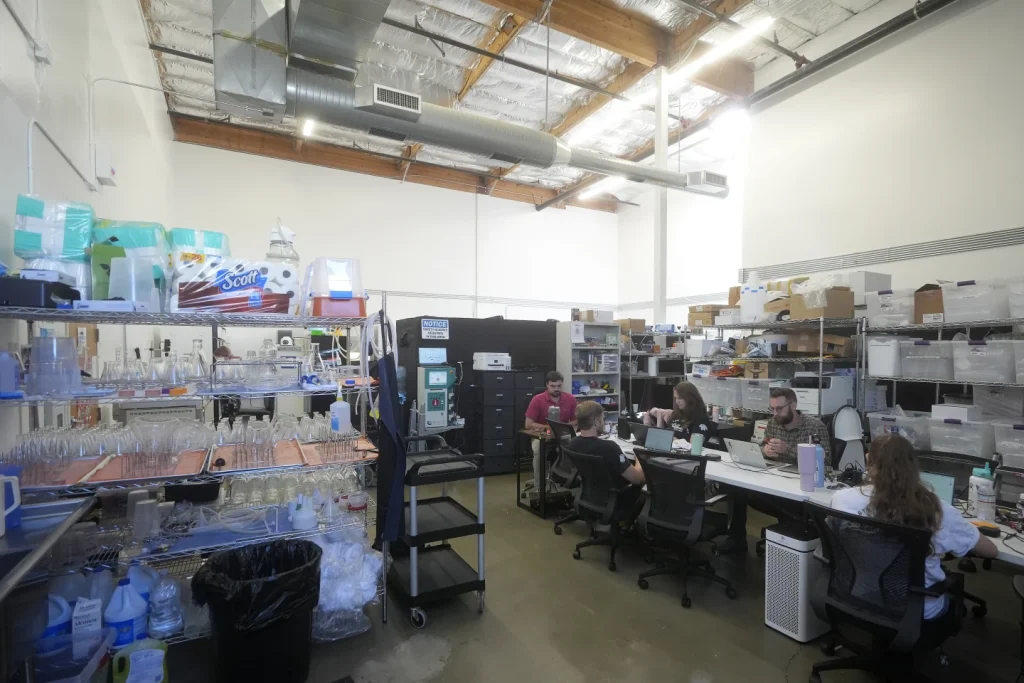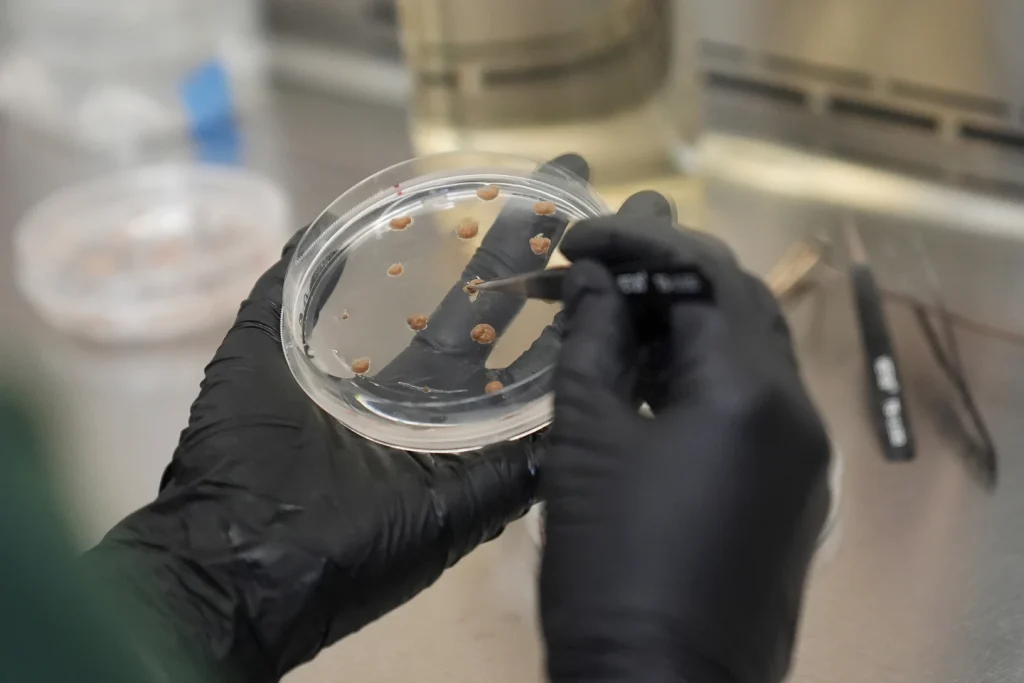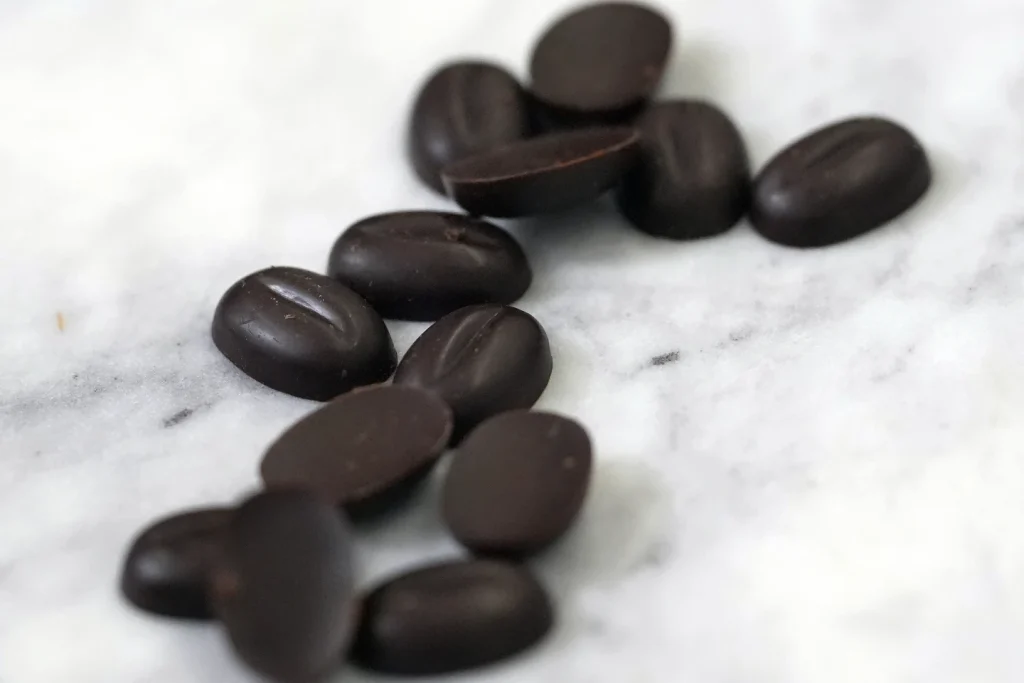In recent years, the interconnection between climate change and the agricultural sector has manifested in increasingly concerning ways. One of the most compelling narratives emerging from this discourse revolves around cocoa, an essential ingredient in one of the world’s most beloved treats: chocolate.
The delicate cocoa bean, primarily cultivated in tropical regions near the equator, is under significant stress due to the unpredictable and harsh realities of climate change.
However, amidst these challenges, a wave of innovation and entrepreneurship is burgeoning, heralding new methodologies for cocoa cultivation and the creation of sustainable substitutes, thereby ensuring that chocolate lovers can continue to indulge in their favorite delicacy without compromise.
Cocoa trees flourish in regions that are predominantly found within 20 degrees north and south of the equator, thriving in climates characterized by warm temperatures and abundant rainfall.
Predominantly sourced from West Africa and South America, these cocoa supply chains are currently threatened by the multifactorial impacts of global warming, which is exacerbating deforestation and contributing to the decline in suitable agricultural land.
Climate change is projected to create drier conditions and unpredictable weather patterns, which present significant challenges to traditional cocoa farming practices.
With a market value that exceeded $25 billion in the United States alone in 2023, as reported by the National Confectioners Association, the escalating demand for chocolate underscores an urgent need for sustainable solutions to safeguard future supplies.
In a groundbreaking development, California Cultured, a pioneering plant cell culture firm, is innovatively addressing the supply-demand dilemma.
With facilities located in West Sacramento, the company is advancing an ambitious project to cultivate cocoa from cell cultures.
This revolutionary approach involves immersing cocoa bean cells in a nutrient-rich solution, allowing them to multiply rapidly and mature in a week—a stark contrast to the traditional cocoa harvest cycle, which typically spans six to eight months.
According to Alan Perlstein, the company’s chief executive, this methodology significantly reduces both the need for extensive water resources and labor demands, thus positioning it as a more sustainable alternative to conventional cocoa farming.
Perlstein’s assertion concerning the overwhelming demand for chocolate paints a stark picture for the cocoa industry. As he aptly articulated, “We see just the demand of chocolate monstrously outstripping what is going to be available.”
This sentiment has resonated widely across the industry, prompting a range of stakeholders, including scientists, entrepreneurs, and growers, to explore innovative strategies for increasing cocoa resilience to environmental stressors and pest infestations.
Moreover, as researchers delve into crafting cocoa substitutes from alternative sources, the prospect of a diversified chocolate market becomes increasingly tangible.
The urgency of these innovations is compounded by the instability of cocoa supplies, which have recently been exacerbated by plant diseases and climatic irregularities affecting West African crops, the principal source of global cocoa production.
Carla D. Martin, executive director of the Fine Cacao and Chocolate Institute, highlights the geography of cocoa consumption, noting that while a substantial portion of the world’s cocoa is farmed in West and Central Africa, a mere 4% of this cocoa is consumed within those regions.
This imbalance emphasizes the vulnerability of supply chains reliant on a geographically concentrated production system.
In an era marked by escalating concerns about the sustainability and resilience of cocoa production, various innovative initiatives are emerging, each aiming to address the pressing challenges associated with the cultivation of cocoa, while simultaneously catering to the ever-growing demand for chocolate products.
A notable example of this is Mars Inc., the esteemed manufacturer of popular confectioneries such as M&Ms and Snickers, which has established a dedicated research facility at the University of California, Davis.
This facility is engaged in pioneering studies aimed at enhancing the resilience of cocoa plants, thereby mitigating the susceptibility of these plants to diseases that threaten their yield and overall quality.
Joanna Hwu, the senior director of cocoa plant science at Mars, emphasizes that this initiative represents both a significant opportunity and a profound responsibility for the company, as they aim to support farmers in producing countries and to ensure a stable supply of cocoa beans, which are essential to the confectionery industry.
Concurrently, in Israel, the start-up Celleste Bio is making strides in a similar direction by cultivating cocoa bean cells in controlled indoor environments to produce cocoa powder and cocoa butter.
Co-founder Hanne Volpin anticipates that within a few years, their innovative approach will enable them to produce cocoa irrespective of adverse climatic conditions and agricultural diseases, a venture that has garnered interest from major players such as Mondelez, the renowned maker of Cadbury chocolate.
Furthermore, California Cultured is embarking on a path to establish its cultured cocoa products, which, according to co-founder Perlstein, will qualify as chocolate due to its genetic identity to traditional cocoa.
Through the application of biotechnology, these organizations exemplify a paradigm shift in cocoa production, underscoring a collective commitment to advancing sustainable methods while ensuring the continuity and integrity of chocolate as a beloved global commodity.
In addition to cell-cultured cocoa, various companies are exploring alternatives to cocoa derived from diverse natural sources such as oats, carob, and sunflower seeds.

Planet A Foods, situated in Planegg, Germany, has focused its efforts on developing a product named “ChoViva,” which serves as a chocolate substitute made from a blend of oats and sunflower seeds.
The founders of Planet A Foods argue that the unique flavors associated with chocolate are more attributed to the fermentation and roasting processes than to the cocoa bean itself.
Such innovations highlight the spectrum of possibilities that exist for creating chocolate-like flavors without relying solely on conventional cocoa cultivation.
The market’s willingness to entertain and adopt these alternatives reflects broader shifts in consumer awareness, wherein an increasing number of shoppers are becoming conscious of the ethical implications and environmental ramifications of their food choices.
The ongoing dialogues surrounding child labor practices within the cocoa industry and the overarching environmental cost of traditional cocoa farming have spurred demand for transparency and ethical sourcing in food production.
Innovators and entrepreneurs are keen to capitalize on this consumer consciousness, aiming to position their products as viable alternatives that not only appease the palate but also align with moral and environmental expectations.

The ongoing innovations in cocoa production and its alternatives place humanity at a crucial junction. With a growing populace and an insatiable appetite for chocolate, the question remains whether traditional cocoa farming can adapt to the mounting pressures posed by climate change.
The venture into cell-based cocoa production and alternative ingredients heralds a new era for the chocolate industry—one that promises sustainability and ethical viability alongside the delight of indulgent treats.
As we move forward, the collaboration between scientists, entrepreneurs, and conscious consumers will be vital in navigating the complexities of food production in the ever-evolving landscape shaped by climate change, ensuring that chocolate continues to be a cherished experience for generations to come.
